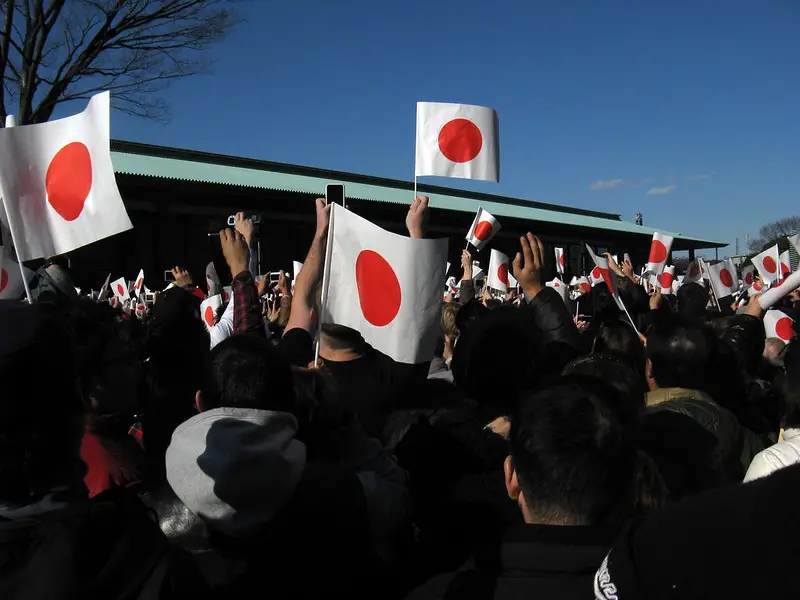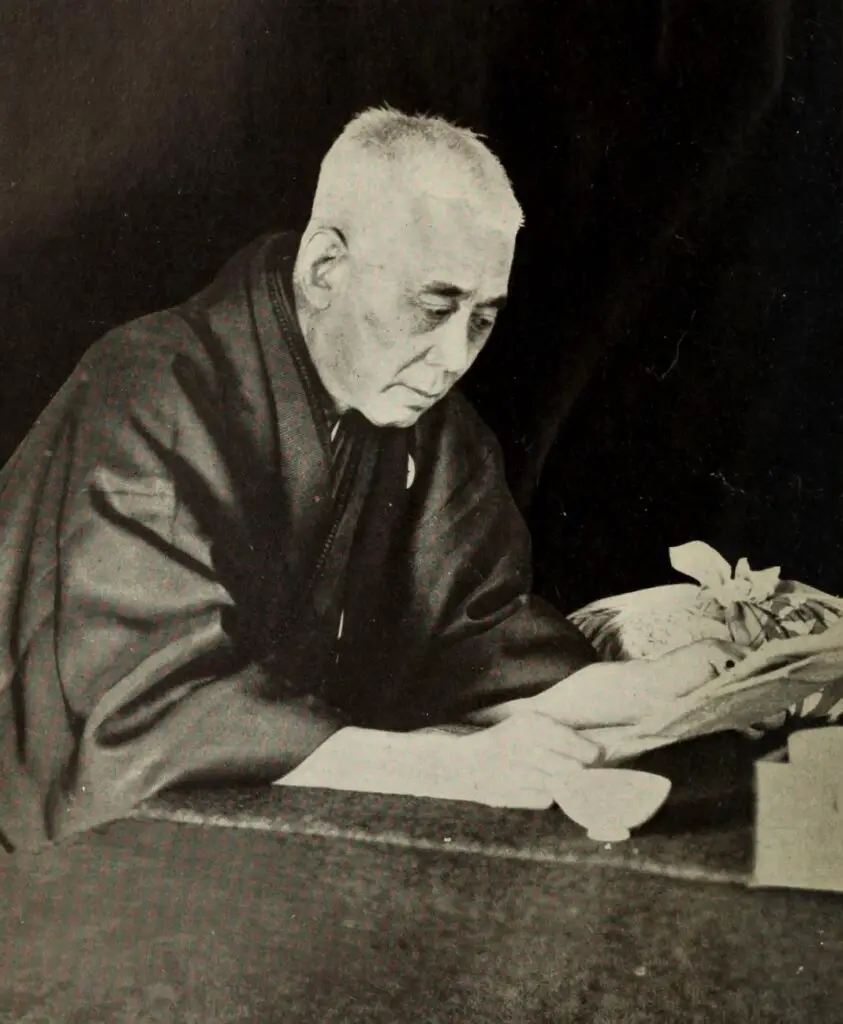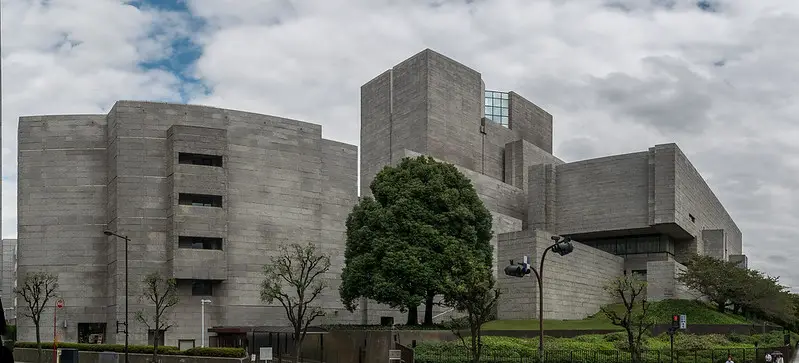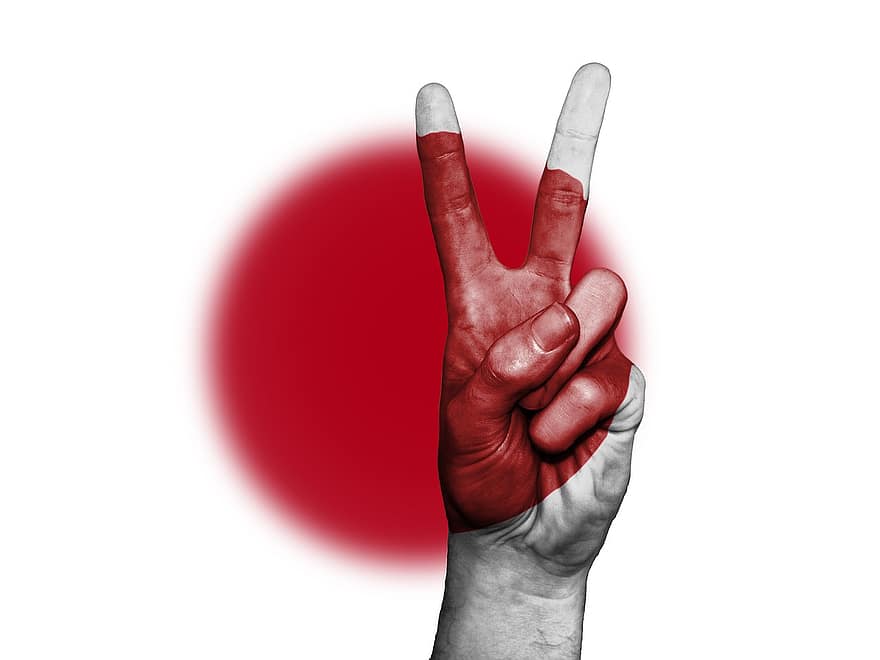
Japan’s Democracy and Governing System Explained
Japan is one of the countries which still has the presence of royals. So, is Japan a democracy or not?
Japan is a democracy, but according to the Democracy Index, it is a ‘flawed democracy’. The Government is a constitutional monarchy with the Emperor of Japan as a nominal head with limited authority. The Cabinet formed by the Prime Ministers has the executive powers to run the country.
Quick Navigation
Curious to learn more? Explore the Japanese Culture Guide to explore traditions, society, and everyday life in Japan.
More about Democracy in Japan
Even though Japan has an Emperor as the head of state, it practices democracy. However, the Democracy Index rates Japan low on Political Participation. This metric broadly defines how well the people of a country develop political opinions and express them. It takes into account several factors to see how aware people are about the governing system and politics in the country and outside. The rating for Political Participation in Japan is 6.67.

Japan ranks 33rd in the democratic system rankings worldwide. The ranking is not very high because of the lack of transparency in campaign-financing, funding scandals, and corruption. The laws against sexual harassment are also inadequate. Other major concerns are human trafficking and gender discrimination.

Japan has fair and open elections. It also protects the civil rights of the people. It has a Political Rights index of 1, which is a strong index. Due to this, it is considered a democracy. But was Japan always a democratic country? Before the 1850s, Japan had a feudal system. But then, gradually, modernization gripped Japan. Western influences led to liberal ideas finding their way in the Japanese mindset.
All this led way to democratic practices in the governing system of modern Japan circa 1945, in the post-war times. After adopting the Constitution in 1947, Japan became a ‘Full Democracy‘ on paper. However, the worldwide rankings indicate it is a ‘Flawed Democracy‘ or ‘Indirect Democracy‘.
What is Taisho Democracy?

It is common knowledge that Japan switched to democracy after the adoption of the Constitution in 1947. However, it is quite possible that the seeds of a liberal, democratic system were sowed much earlier. The Taisho era was the period when Emperor Taisho ruled over Japan from July 30, 1912, to December 25, 1926. This was the time when the Emperor held the reigns of political power.

But, Emperor Taisho was a sickly man. As a result, the power shifted from the Imperial Family to the Imperial Diet of Japan and the democratic parties. This led to a liberal movement in Japan known as the ‘Taisho Democracy’. In 1918, just after the end of World War I, Hara Takashi became the first commoner to become the Prime Minister of Japan. After his assassination, several non-party members held the PM office in Japan.
However, the Taisho Democracy era came to an end eventually. The parliamentary government could not be well established during this era. As a result, the democratic system could not withstand the political pressure of the 1930s. And thus, the democratic era came to an end. It was replaced by the militaristic rule in Japan. Here’s a video that explains the history of Taisho Democracy:
How do the Japanese view Democracy in their own country?
According to a study by Pew Research in 2018, about 40% of Japanese citizens are satisfied with the state of democracy in the country. The main concerns of the citizens are in the below areas.
- Public safety
- People in power taking Public opinion seriously
- Opportunity for the public to improve their standard of living
- Corruption in the system
In addition to the areas of concern mentioned above, about 62% of people believe that irrespective of the ruling political party, the state of the affairs in the country does not show any positive change. People also feel that their opinions do not matter in the governing system.

However, in spite of the lack of an ideal democratic government, most of the Japanese citizens admit that Japan is a safe and free country. They also believe that the Japanese judicial system is just and fair.
The Monarchy in Japan

Japan has a Constitutional Monarchy. It gives the Emperor no political rights. The Emperor serves as the nominal head and is involved in ceremonial duties. The Japanese monarchy is the oldest monarchy in the world with 126 monarchs to date. The earliest recorded reigning monarch was Emperor Jimmu in 660 BC.

The Emperor is called Tenno (天皇) in Japanese. The Emperor of Japan belongs to the Imperial House of Japan. Under the Constitution of Japan, the Emperor is the “symbol of the state and the unity of the people”. The current Emperor of Japan is Emperor Naruhito who began his reign on May 1, 2019.

The reigning Emperor presides over certain public duties. His ceremonial duties include:
- Appointing the Prime Minister as designated by the National Diet
- Appointing the Judicial head as designated by the Cabinet
However, he is a nominal head and does not have any political powers. He is also the highest authority of the Shinto religion.
What is the Governing Structure in Japan?
The Governing Structure in Japan has three branches.
Apart from this, there are local governing bodies. They are called Municipal Corporations. The Constitution grants them limited Legislative and Executive powers. Below is the overview of the Government structure.
Legislative Branch

The Legislature has the authority to make laws. In Japan, the ‘National Diet‘ is the name for the legislature. It has two houses – the Upper House and the Lower House. The Upper house is known as the House of Councillors. Its head is the President of the house. The Lower house is known as the House of Representatives. The Speaker of the House presides over its operations.
Currently, Akiko Santo serves as the President of the House of Councillors. Tadamori Oshima serves as the Speaker of the House of Representatives. The two houses meet at the National Diet Building in Tokyo.
Executive Branch

The nominal head is the Emperor of Japan. The Prime Minister is the actual head with political powers. The Ministers of the Cabinet share the political powers. Both the houses of the National Diet designate the Prime Minister. The Emperor appoints the Prime Minister. The Prime Minister’s tenure is four years. The Cabinet ministers are selected by the Prime Minister. Currently, Shinzo Abe is serving as the Prime Minister of Japan.
Judicial Branch

The Judicial structure of consists of the below courts.
- The Supreme Court
- The High Courts
- District Courts
- Family Courts
- Summary Courts
The Judicial branch enjoys complete autonomy as per the Constitution. Its operations are not controlled by the Legislative or Executive branches. However, the system is based on the laws as passed by the Legislature.
Is the political system stable in Japan?

Japan went through a phase of political instability that started some fifteen years ago. The country went through a new Prime Minister every year since 2006. This changed when in 2012, Shinzo Abe was elected as the Prime Minister. He has remained in the office to date. A popular and able leader, Abe is the longest-serving PM of the country. During this time, Japan has had a good level of political stability.
The current political stability along with efficient infrastructure makes Japan one of the best countries to live in. According to a 2017 ranking awarded to countries, Japan ranked fifth in the list of Best Counties. Another reason for Japan being one of the best countries is that the personnel in charge of various operations take pride in the work they do.
Here is a video that speaks about the political stability in Japan shortly after Shinzo Abe started his second term as the PM of Japan.
Related Questions
What is Shogunate?
Shogunate refers to the military dictatorship in Japan. Japan had a Shogunate rule for the most part from 1192 to 1868. The term ‘shogun’ is the title given to the dictators. People still use the term ‘shogun‘. It informally refers to a military rule.
Is Japan an Empire?
Japan has an Emperor, but it is not an Empire. After adopting the Constitution, occupation and reconstruction continued till 1952. Since this time, Japan is a Constitutional Monarchy.
Conclusion
Today, Japan is one of the leading countries in terms of economical development. Even though issues such as gender discrimination and corruption persist, Japan is a stable democracy. It plays a significant role in the international community. It is a major source of global credit and capital.
In spite of the issues with transparency in public records, Japan continues to be among the best countries to live in. It is one of the most sought after country to migrate to for foreign nationals. Want to know more about Japan? Here’s an article that you might find interesting – Why Is Japan So Safe? Here Are the Top Reasons.





